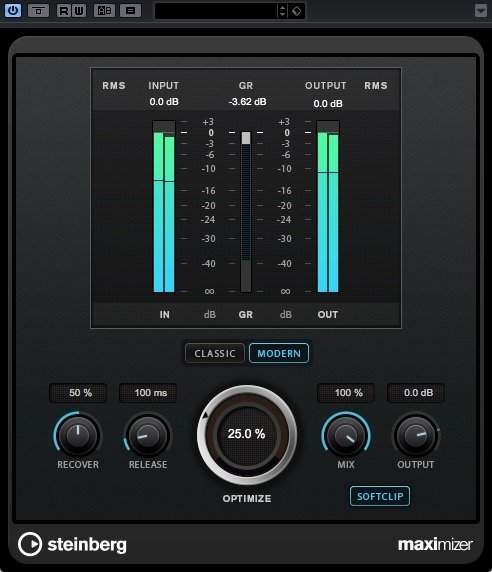
Rusifikator Cubase 8
In Cubase, the Native Instruments software is used via the VST plug-in interface. In order to use your NI plug-ins in Cubase 8, you must ensure that Cubase scans the folders where your NI VST plug-ins are located. This article describes this procedure for both Mac and Window systems. Note: Cubase 8.5 is the last version compatible with 32-bit plug-ins. All later versions support 64-bit plug-ins only. Mac On a Mac computer all VST files are automatically installed to the same folder so you do not need to define a VST folder during the installation of your NI product.
Oct 08, 2013 hidden neck pattern that will tell you every chord or note in any key - Duration: 12:56. Wills Easy Guitar and other stuff 479,367 views. Open the project file 'Eight Good Reasons.cpr' in Cubase Pro 8 via File > Open. Additionally, you may also use the demo projects for Cubase 7.5. Just take into account that in some of these demo projects 'Groove Agent One' is being used.
The VST plug-in folder is located here: • Macintosh HD > Library > Audio > Plug-Ins > VST Cubase automatically scans this folder at each startup and recognizes any new plug-in that has been installed. Windows Installing the NI VST Plug-ins On a Windows computer, the VST plug-ins can be installed to any location on your hard drive. We strongly recommend to use the default installation paths offered by Native Access: • C: > Program Files > Native Instruments > VSTPlugins 32 bit • C: > Program Files > Native Instruments > VSTPlugins 64 bit If you want to install the VST plug-ins to a different location, you can set the path in Native Access before the installation, as explained in.
 Adding the NI Plug-in Folder in Cubase 8 No matter where you installed your VST plug-ins, you need to define the correct VST folder in Cubase to make sure that this location is scanned by Cubase at startup. If you are unsure where you have installed the VST plug-ins, open the tab Installed products in Native Access.
Adding the NI Plug-in Folder in Cubase 8 No matter where you installed your VST plug-ins, you need to define the correct VST folder in Cubase to make sure that this location is scanned by Cubase at startup. If you are unsure where you have installed the VST plug-ins, open the tab Installed products in Native Access.
Click a product that comes with VST plug-ins (e.g. MASSIVE) and select Installation path. Kamen rider episode download.
There you can find the VST32 and VST64 location: It is important to keep in mind that if you use the 64-bit version of Cubase, you must add the folder where you have installed the 64-bit versions of your NI plug-ins and, respectively, if you use the 32-bit version of Cubase, you must add the folder where you have installed the 32-bit versions of your NI plug-ins. Follow the steps below to add your NI VST folder to Cubase 8: • Start Cubase, open the Studio menu and select the entry VST Plug-in Manager. • In the lower left corner of the VST Plug-in Manager window, open the Plug-in Manager Settings by clicking the cogwheel icon. • In the Plug-in Manager Settings window, click on the Add Path button.
• Select the folder where your plug-ins are located on your hard drive and press the OK button to proceed. In our example, we select the default Native Instruments 64-bit plug-ins folder VSTPlugins 64 bit, since we are using the 64-bit version of Cubase. If we were using the 32-bit version of Cubase, we would have chosen the VSTPlugins 32 bit folder instead. • The new path is now listed in Cubase's plug-in paths. Press the Rescan All Paths button to rescan the folders listed in the Plug-in Manager Settings. • Cubase notifies that new plug-ins have been recognized. Press OK to proceed.
• Your NI Plug-ins are now listed in the Plug-in Manager window. Instruments like REAKTOR, KONTAKT or MASCHINE will be listed in the VST Instruments tab and effects like GUITAR RIG, DRIVER, etc. In the VST Effects tab. Plug-in Information Additionally, the Plug-in Manager window provides information on the installed plug-ins which can be useful for troubleshooting technical issues. Follow the steps below to obtain information on your NI plug-in. • Select the plug-in you want to obtain information on by clicking its name on the list.
Once selected, press the Show Plug-in Information ('info') button on the lower left part of the Plug-in Manager window. In our example, we want to obtain information on the Kontakt 5 plug-in.
• In the Plug-in Information field, you will find useful information such as the exact version number of the plug-in and the path Cubase uses to load the plug-in. This field is useful for example to verify if the plug-in version matches the standalone version. Related Articles • • •.